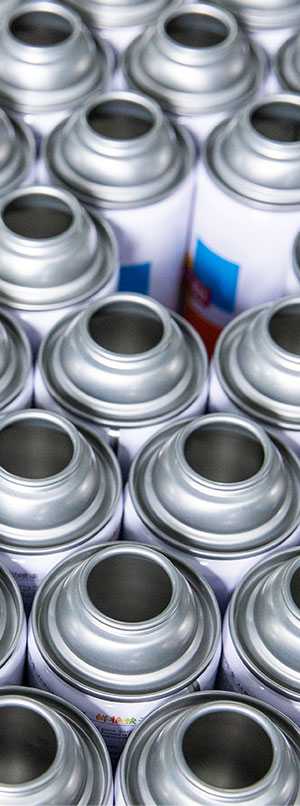Polyurethane and silicone sealants are popular choices for various projects, but is polyurethane sealant better than silicone? If you’re wondering whether to choose polyurethane or SANVO‘s silicone sealant for your next project, here’s a comparison guide to help you know is polyurethane sealant better than silicone, with a focus on the benefits of using polyurethane sealant.

Understanding the Differences Between Polyurethane and Silicone Sealants
Polyurethane and silicone sealants differ in several ways:
Composition: Polyurethane sealants are made from a polymer that contains urethane links, while silicone sealants are made from a polymer containing silicon-oxygen links.
Curing time: Polyurethane sealants take longer to cure than silicone sealants, typically requiring at least 24 hours to dry completely.
Flexibility: Polyurethane sealants are more flexible than silicone sealants, making them ideal for projects that require some movement or expansion.
The Advantages of Using SANVO Polyurethane Sealant
SANVO polyurethane sealant offers several advantages over silicone sealant:
Excellent adhesion properties: SANVO polyurethane sealant has exceptional bonding strength, ensuring long-lasting results.
Resistance to environmental factors: SANVO polyurethane sealant is highly resistant to temperature changes, moisture, UV rays, and other environmental factors, making it suitable for use in various applications.
Versatility in different applications: SANVO polyurethane sealant can be used in construction, automotive, marine, and other industries, providing a reliable solution for a wide range of projects.
When to Use Silicone Sealant Instead
Silicone sealant has its advantages too, and it may be a better choice in certain situations. Here are some examples:
Faster curing time: If your project requires a quick turnaround time, silicone sealant may be a better choice since it dries faster than polyurethane sealant.
Extreme temperatures: If your project will be exposed to extreme temperatures, such as in HVAC or refrigeration systems, silicone sealant may be more suitable due to its high-temperature resistance.
Conclusion
Ultimately, choosing the right sealant for your project will depend on the specific needs of your application. Polyurethane and silicone sealants each have their own advantages, so it’s important to carefully consider is polyurethane sealant better than silicone and which one is best suited for your project. SANVO polyurethane sealant offers exceptional adhesion properties, environmental resistance, and versatility in different industries, making it an ideal choice for many applications. For other projects that require faster curing time or extreme temperature resistance, silicone sealant may be more suitable. No matter what type of sealant you choose for your project, make sure to follow all instructions carefully and use quality products such as those offered by SANVO to get the best results possible.
